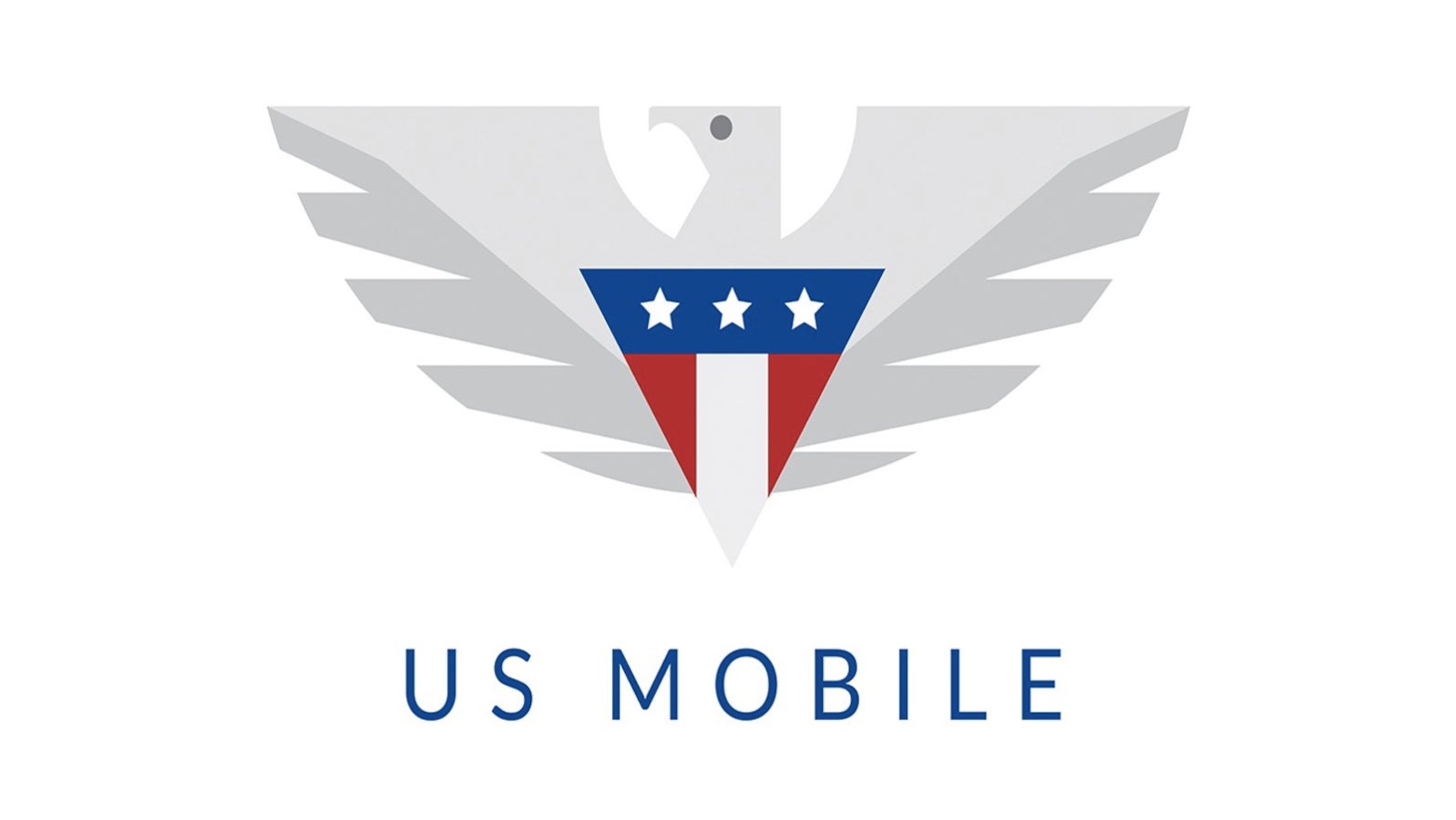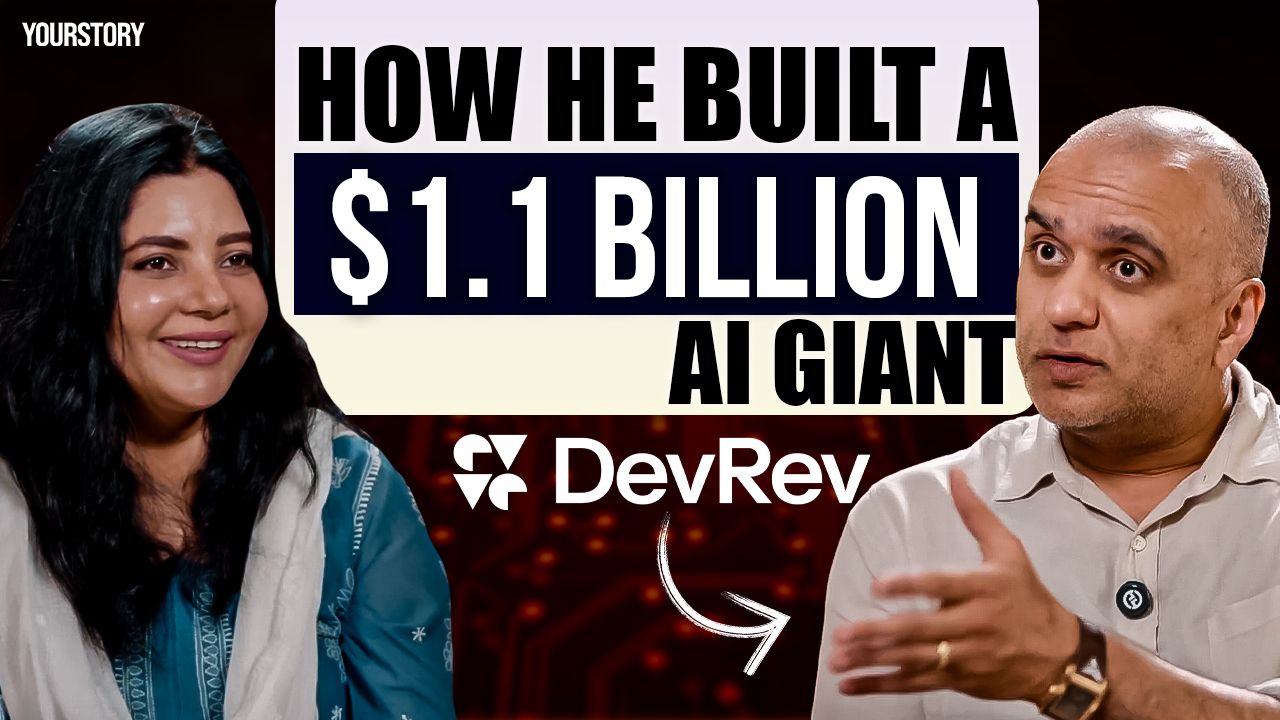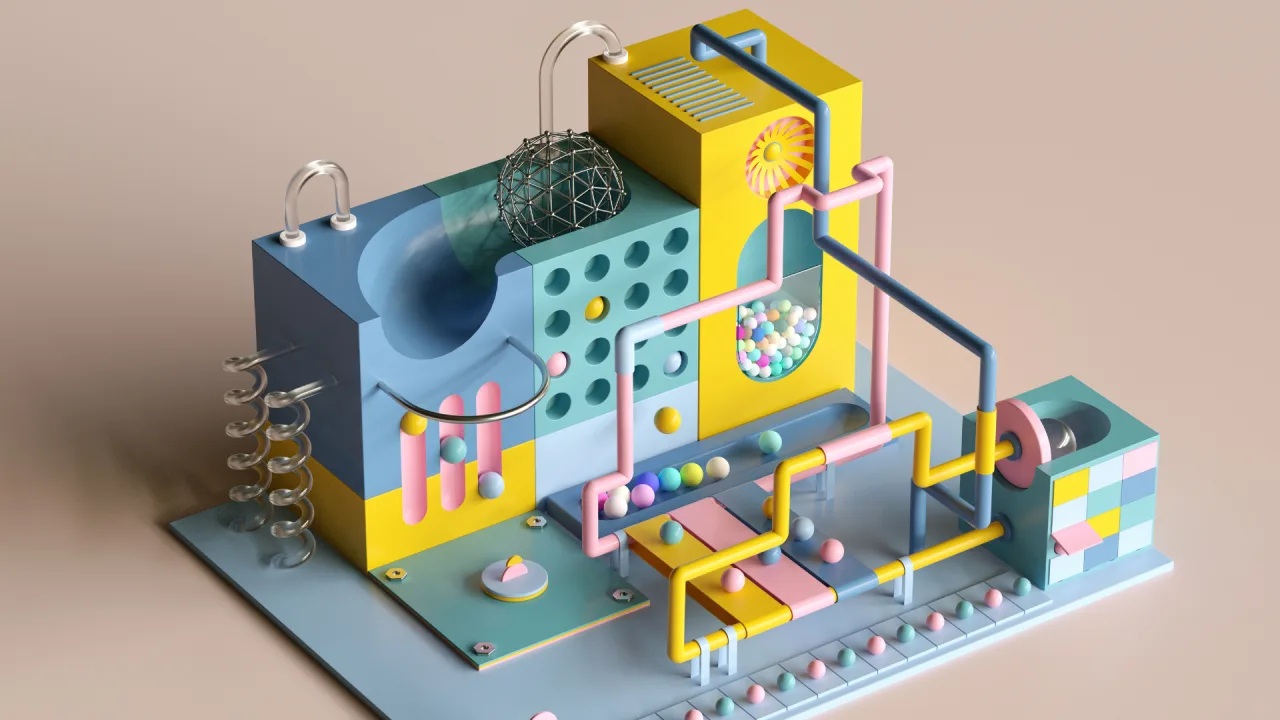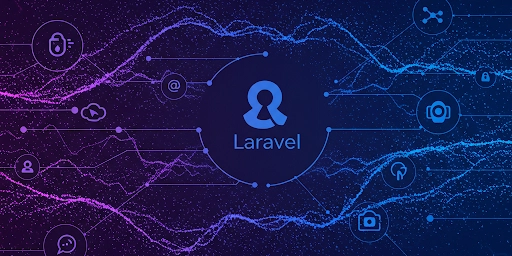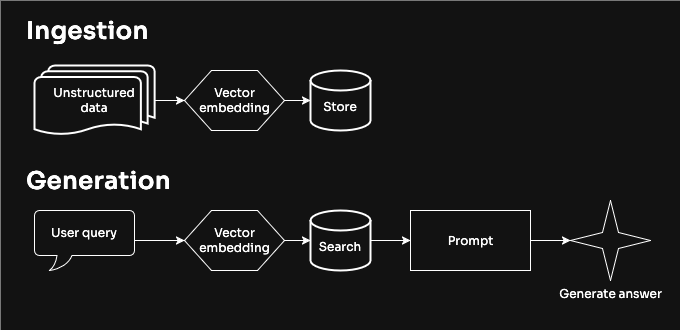Rediscovering the Joy of Software through Open Source
In the rapidly evolving world of AI, it often feels like everything is getting blurred—students are losing their focus, and with it, the joy that comes from the journey of failing and eventually succeeding. Not long ago, the path to becoming a better software developer was clearer: curated roadmaps, classic recommended books, structured learning approaches. But now, the global focus has shifted. The fear of being replaced by AI overshadows the intrinsic motivation to improve. Let us remind ourselves: the purpose of AI is not to instill fear, but to inspire us to become even better. Today, I want to talk about something we all crave but sometimes lose sight of—the joy of building, the feeling of proficiency, and how open source can reignite that passion. Open Source is Difficult—And That’s the Point No one can deny it: open source projects are hard. Behind every repository is often a masterpiece that took years of iterations, architecture decisions, rewrites, and community collaboration. These projects aren’t always straightforward. Sometimes they diverge from common patterns to prioritize clarity or performance. You might ask: If open source is so difficult, what can I possibly do about it? To answer that, let me tell you a personal story. My Journey: Reinventing the Wheel and Hitting Walls I love recreational programming—which for me means reinventing the wheel. It’s my way of learning deeply. One day, I challenged myself to build a torrent client. Things were going well until performance issues emerged. My application couldn't keep up. So I ventured into multithreading with Go, revisiting multiple chapters from Concurrency in Go to refresh patterns and avoid common pitfalls. Yet, my program remained sluggish. That’s when I turned to open source—not to copy, but to observe and compare. How did others do it? Could the problem I’m facing already be solved elsewhere? Open Source Saved Me I was lucky. I found an actively maintained torrent client written in Go. As I dove into the codebase, something clicked. I could actually understand it. Not every single line, of course—but I saw the reasoning behind the structure, the flow, the function choices. It was like reading a story you’ve already tried to write. That’s when I realized: this is the entry point to building anything. The New Workflow: Build, Test, Read Open Source Here’s my new mindset: Build something yourself Test it thoroughly and reflect Then read open source projects doing the same thing By the time you reach step 3, you’re no longer a passive reader. You’re an explorer. You’ve felt the pain, made the mistakes, and you’re equipped to understand what you're reading. This approach can be summarized as: Step Description 1 Become the user of the system 2 Make mistakes — even be overly critical if needed 3 Manually write as much code as possible before automation Open Source is Still Difficult—But Now It’s Worth It Even after these steps, you’re not guaranteed access to the inner circle of any project. But you will gain a faster, smoother understanding of codebases and architecture. You will be able to make meaningful pull requests, open thoughtful issues, and join discussions. As a student, you might not always have access to a senior developer or mentor. So create your own path: Be curious Think deeply and patiently Allow yourself to fail multiple times Reach the point of giving up, then try again Finally, read the solution in open source. You’ll think: "Wait, I did this too!" And that moment of self-validation is powerful. It keeps you going. Tools That Still Matter (Even in the Age of AI) Many tools are no longer talked about because of the AI boom, but those who truly value open source and learning still use them: Awesome for Beginners — curated beginner-friendly projects CodeTriage — get issues from real projects in your inbox Up for Grabs — discover issues tagged as good first contributions In conclusion, open source isn’t just code—it’s a conversation, a mirror, and sometimes even a mentor. You don’t have to wait for permission to get involved. Start by building, keep failing, and then read the source code of those who walked the path before you. That's how we rediscover joy in this AI-driven era. Build something. Break it. Then see how others fixed it.
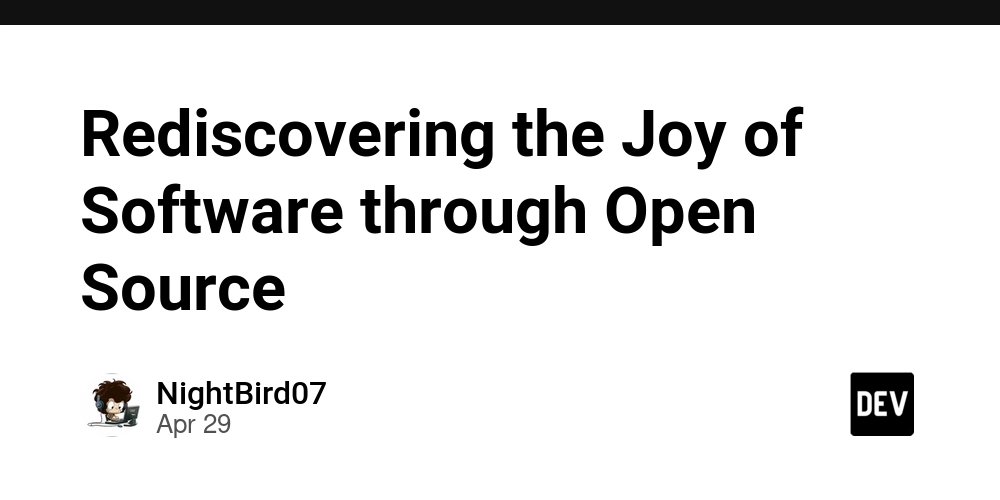
In the rapidly evolving world of AI, it often feels like everything is getting blurred—students are losing their focus, and with it, the joy that comes from the journey of failing and eventually succeeding. Not long ago, the path to becoming a better software developer was clearer: curated roadmaps, classic recommended books, structured learning approaches. But now, the global focus has shifted. The fear of being replaced by AI overshadows the intrinsic motivation to improve.
Let us remind ourselves: the purpose of AI is not to instill fear, but to inspire us to become even better. Today, I want to talk about something we all crave but sometimes lose sight of—the joy of building, the feeling of proficiency, and how open source can reignite that passion.
Open Source is Difficult—And That’s the Point
No one can deny it: open source projects are hard. Behind every repository is often a masterpiece that took years of iterations, architecture decisions, rewrites, and community collaboration. These projects aren’t always straightforward. Sometimes they diverge from common patterns to prioritize clarity or performance. You might ask:
If open source is so difficult, what can I possibly do about it?
To answer that, let me tell you a personal story.
My Journey: Reinventing the Wheel and Hitting Walls
I love recreational programming—which for me means reinventing the wheel. It’s my way of learning deeply. One day, I challenged myself to build a torrent client. Things were going well until performance issues emerged. My application couldn't keep up. So I ventured into multithreading with Go, revisiting multiple chapters from Concurrency in Go to refresh patterns and avoid common pitfalls.
Yet, my program remained sluggish. That’s when I turned to open source—not to copy, but to observe and compare. How did others do it? Could the problem I’m facing already be solved elsewhere?
Open Source Saved Me
I was lucky. I found an actively maintained torrent client written in Go. As I dove into the codebase, something clicked. I could actually understand it. Not every single line, of course—but I saw the reasoning behind the structure, the flow, the function choices. It was like reading a story you’ve already tried to write.
That’s when I realized: this is the entry point to building anything.
The New Workflow: Build, Test, Read Open Source
Here’s my new mindset:
- Build something yourself
- Test it thoroughly and reflect
- Then read open source projects doing the same thing
By the time you reach step 3, you’re no longer a passive reader. You’re an explorer. You’ve felt the pain, made the mistakes, and you’re equipped to understand what you're reading.
This approach can be summarized as:
| Step | Description |
|---|---|
| 1 | Become the user of the system |
| 2 | Make mistakes — even be overly critical if needed |
| 3 | Manually write as much code as possible before automation |
Open Source is Still Difficult—But Now It’s Worth It
Even after these steps, you’re not guaranteed access to the inner circle of any project. But you will gain a faster, smoother understanding of codebases and architecture. You will be able to make meaningful pull requests, open thoughtful issues, and join discussions.
As a student, you might not always have access to a senior developer or mentor. So create your own path:
- Be curious
- Think deeply and patiently
- Allow yourself to fail multiple times
- Reach the point of giving up, then try again
Finally, read the solution in open source. You’ll think:
"Wait, I did this too!"
And that moment of self-validation is powerful. It keeps you going.
Tools That Still Matter (Even in the Age of AI)
Many tools are no longer talked about because of the AI boom, but those who truly value open source and learning still use them:
- Awesome for Beginners — curated beginner-friendly projects
- CodeTriage — get issues from real projects in your inbox
- Up for Grabs — discover issues tagged as good first contributions
In conclusion, open source isn’t just code—it’s a conversation, a mirror, and sometimes even a mentor. You don’t have to wait for permission to get involved. Start by building, keep failing, and then read the source code of those who walked the path before you.
That's how we rediscover joy in this AI-driven era.
Build something. Break it. Then see how others fixed it.




































































































































































![[The AI Show Episode 145]: OpenAI Releases o3 and o4-mini, AI Is Causing “Quiet Layoffs,” Executive Order on Youth AI Education & GPT-4o’s Controversial Update](https://www.marketingaiinstitute.com/hubfs/ep%20145%20cover.png)












































































































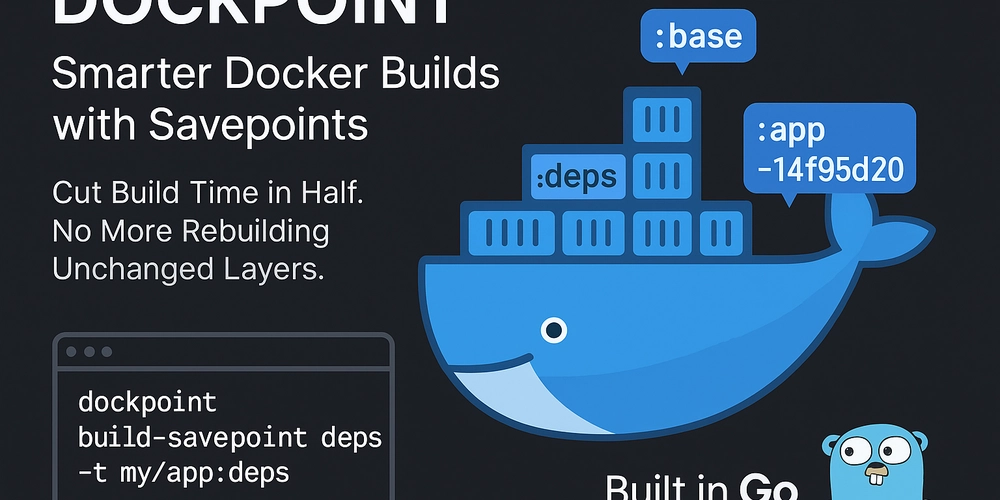
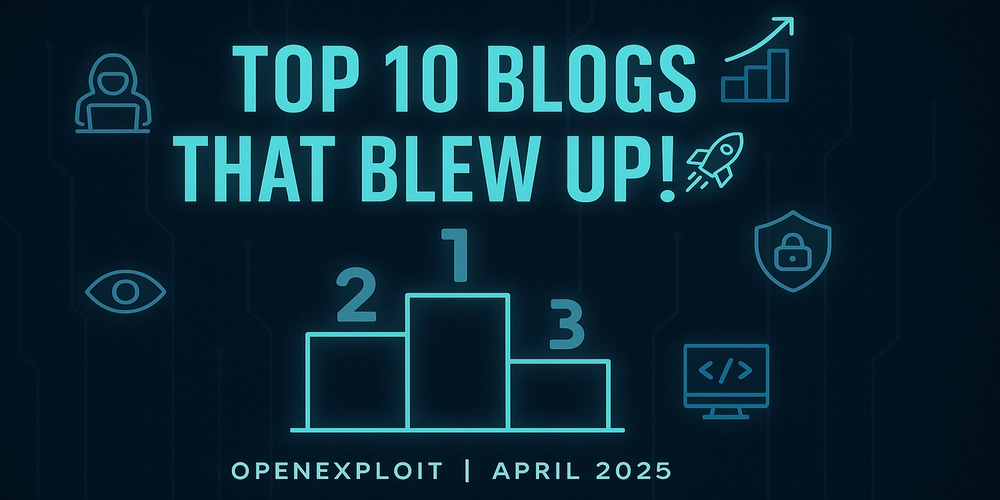
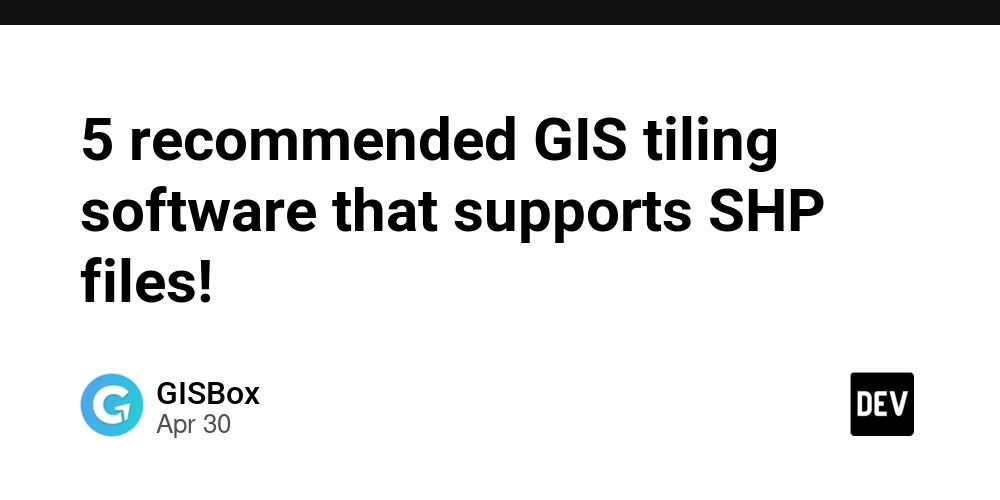
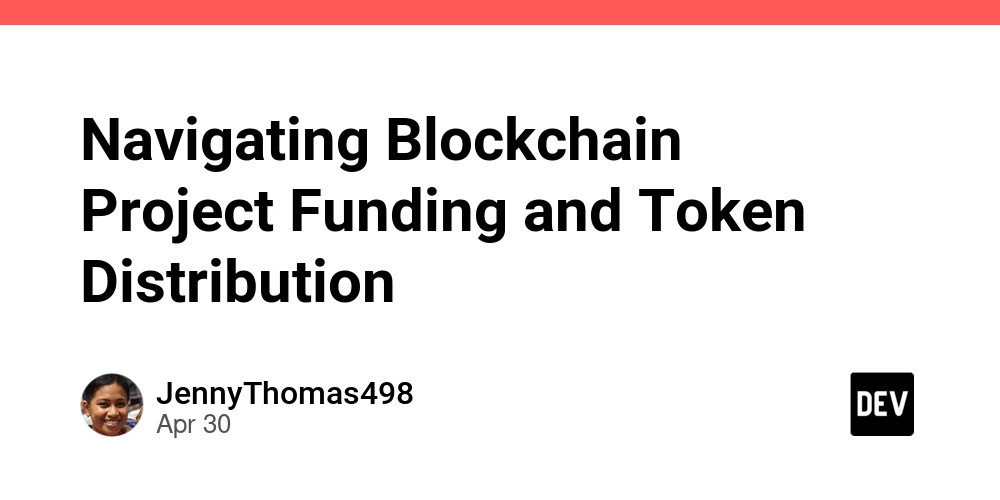























































































































.jpg?#)
































_NicoElNino_Alamy.jpg?width=1280&auto=webp&quality=80&disable=upscale#)


























































































![Craft adds Readwise integration for working with book notes and highlights [50% off]](https://i0.wp.com/9to5mac.com/wp-content/uploads/sites/6/2025/04/craft3.jpg.png?resize=1200%2C628&quality=82&strip=all&ssl=1)



















![Standalone Meta AI App Released for iPhone [Download]](https://www.iclarified.com/images/news/97157/97157/97157-640.jpg)
















































